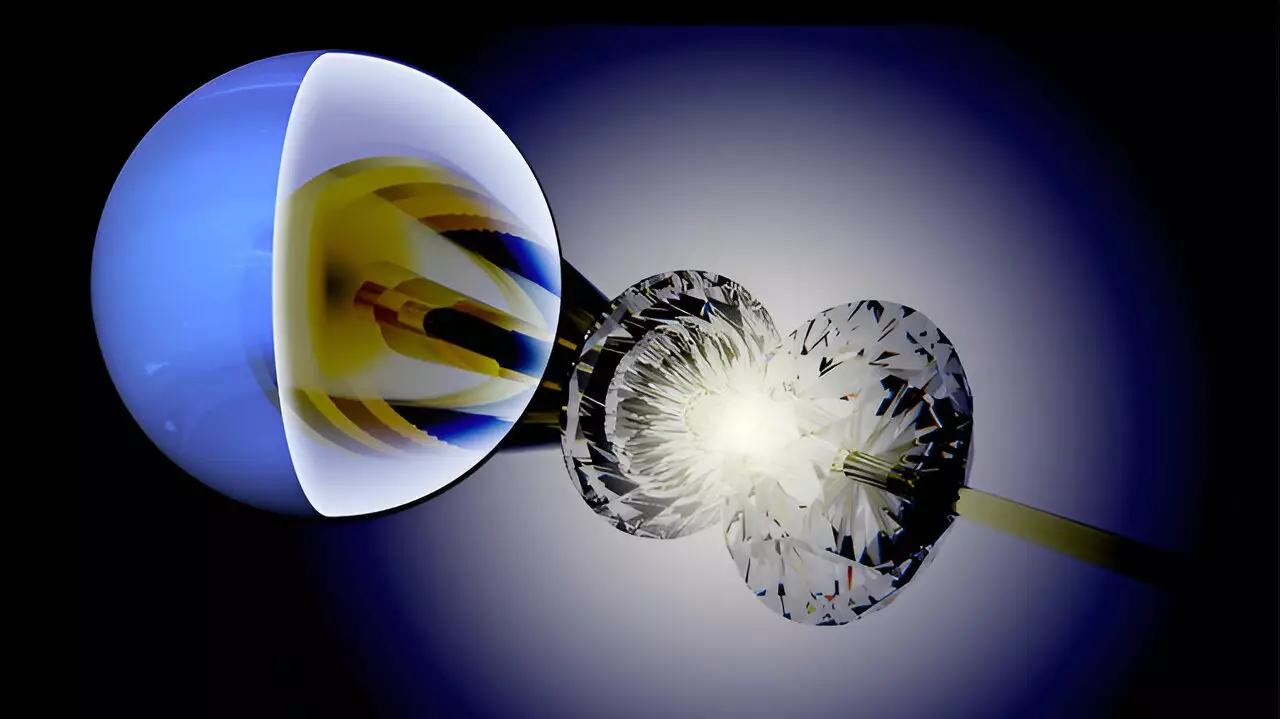Researchers from Lawrence Livermore National Laboratory (LLNL), Argonne National Laboratory, and Deutsches Elektronen-Synchrotron have made significant strides in improving the reliability of equation of state measurements in static compression experiments. This breakthrough, published in the Journal of Applied Physics, introduces a new sample configuration that allows for measurements in a pressure regime previously unattainable with traditional methods.
Previous developments, such as the LLNL-designed toroidal diamond anvil cell, have enabled scientists to achieve high-quality static equation-of-state measurements up to 5 million atmospheres. However, as researchers sought to push the pressure limit even further, it became apparent that sample fabrication for more complex experiments needed to be enhanced. Compression experiments exceeding 300 GPa present numerous challenges, including suboptimal compression environments. The new sample package addresses these issues, providing an improved compression environment and enhancing the quality of equation of state data.
The sample package developed by the research team consists of a 10-step microfabrication process in which the target material is embedded in a soft metal capsule. This capsule serves as a pressure-transmitting medium, ensuring that stress is uniformly redistributed around the sample material during compression. By maintaining uniform stress distribution, the sample package enables reliable equation-of-state measurements, even on a micron scale. The use of a toroidal diamond anvil cell with a small sample chamber, approximately 6 µm in diameter, further enhances the precision of these measurements.
The experiments were conducted at Argonne National Laboratory Sector 16 HPCAT and at Deutsches Elektronen-Synchrotron PETRA-III. While the initial testing focused on molybdenum with a copper pressure-transmitting medium, the versatility of the sample package allows for broad application across different materials. The researchers anticipate that this microfabrication method will push static equation of state calibrations in physics, chemistry, and planetary science materials into the multi-megabar range, where data is currently limited.
This groundbreaking work represents a major advancement in static compression experiments, offering researchers the ability to explore conditions exceeding 300 GPa with unprecedented accuracy and reliability. By expanding the pressure range for equation of state measurements, this research opens up new avenues for studying material behavior under extreme conditions. Moving forward, the team plans to continue refining the sample-encapsulation method in the toroidal diamond anvil cell, with the goal of further enhancing static compression data across various scientific disciplines.


Leave a Reply